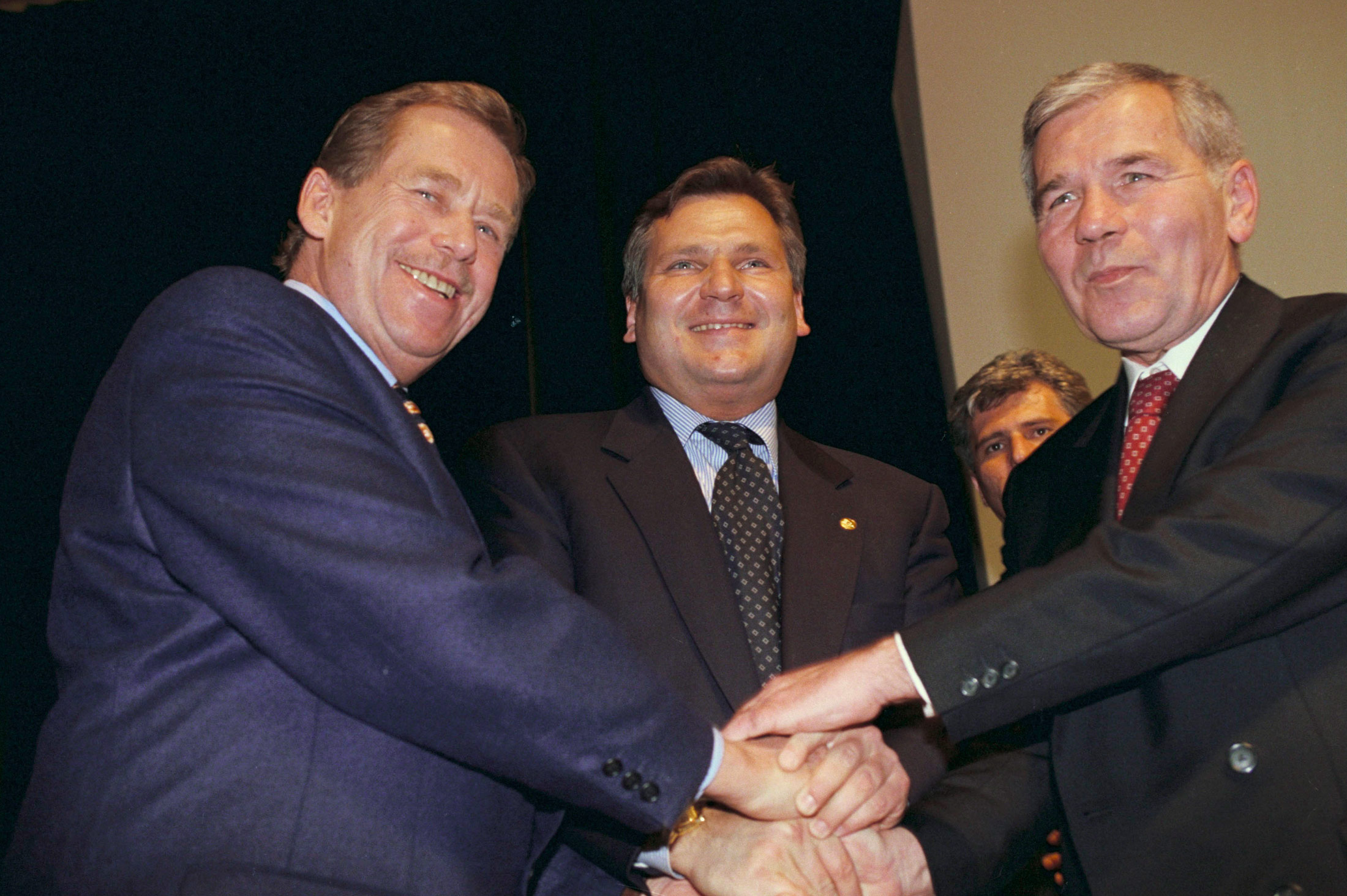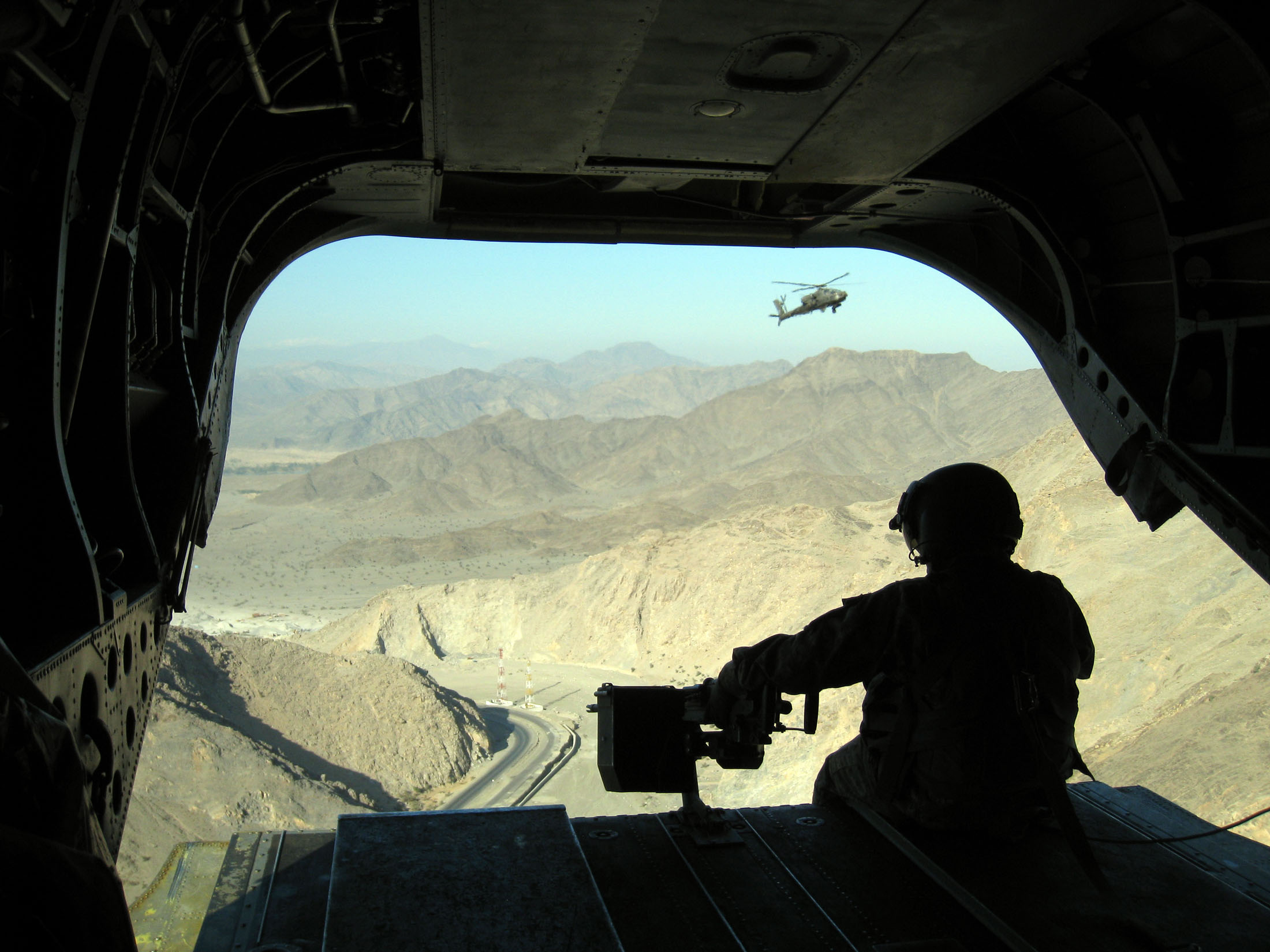A short history of NATO

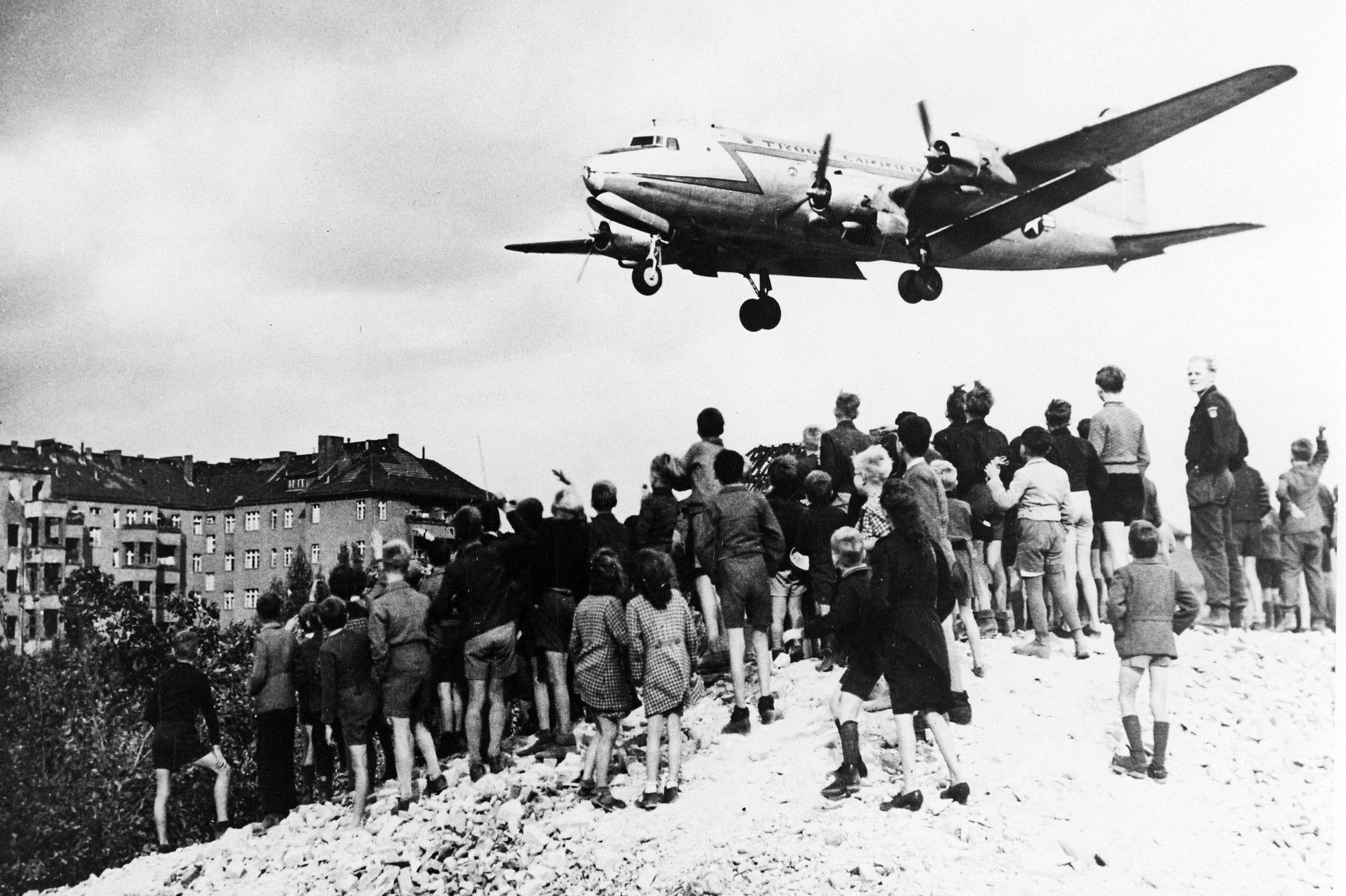
From June 1948 to May 1949, the world experienced one of the first crises of the Cold War Period- the Berlin Blockade.
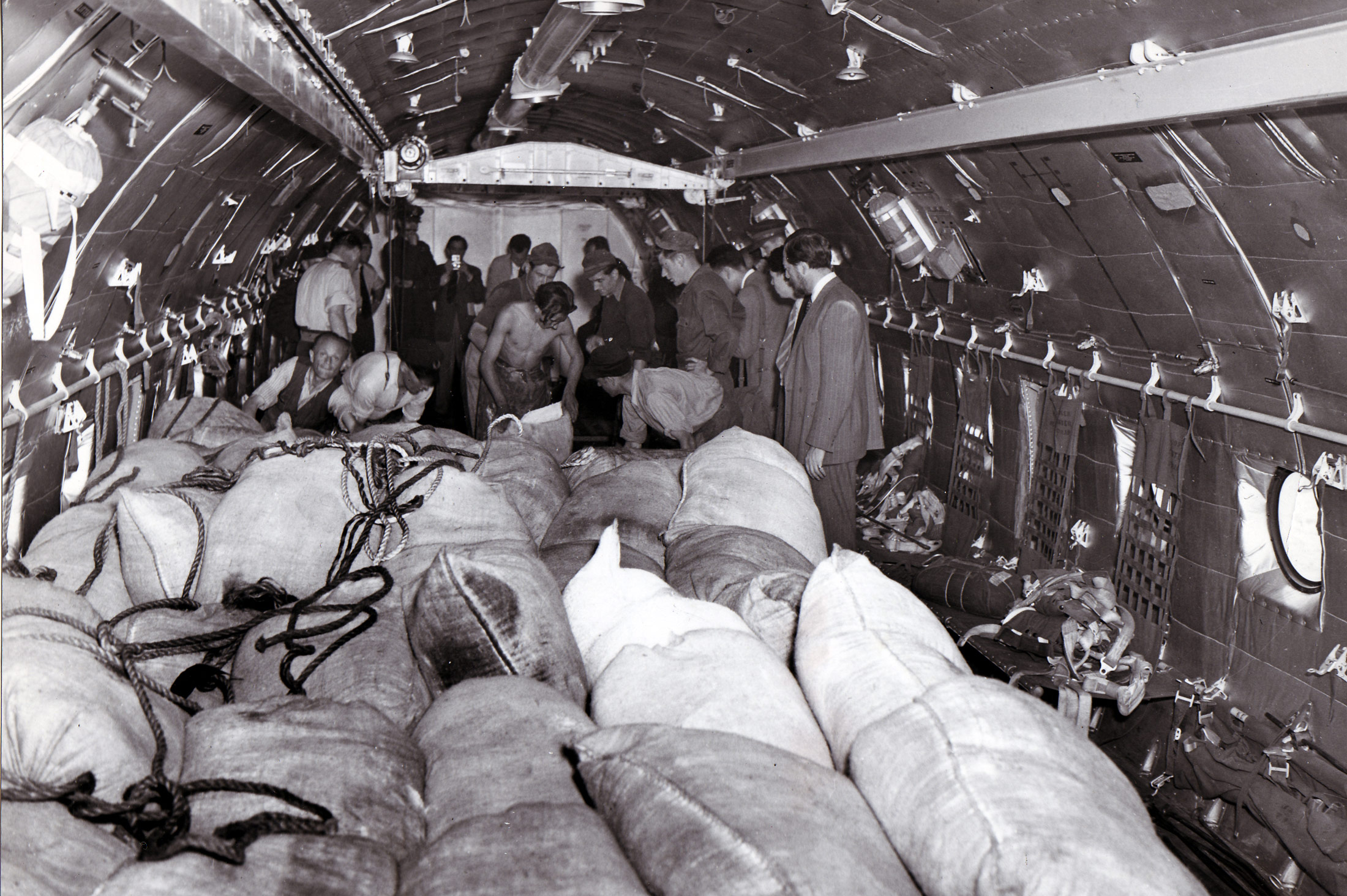
From 16 April 1949, Allied airplanes were landing at a rate of one every minute, and a record 12,941 tons were transported on that date. A shipment of goods at Tempelhof airfield in the American sector of Berlin.

Pilots had just one attempt at landing. If the attempt failed, they had to turn back with their full load.
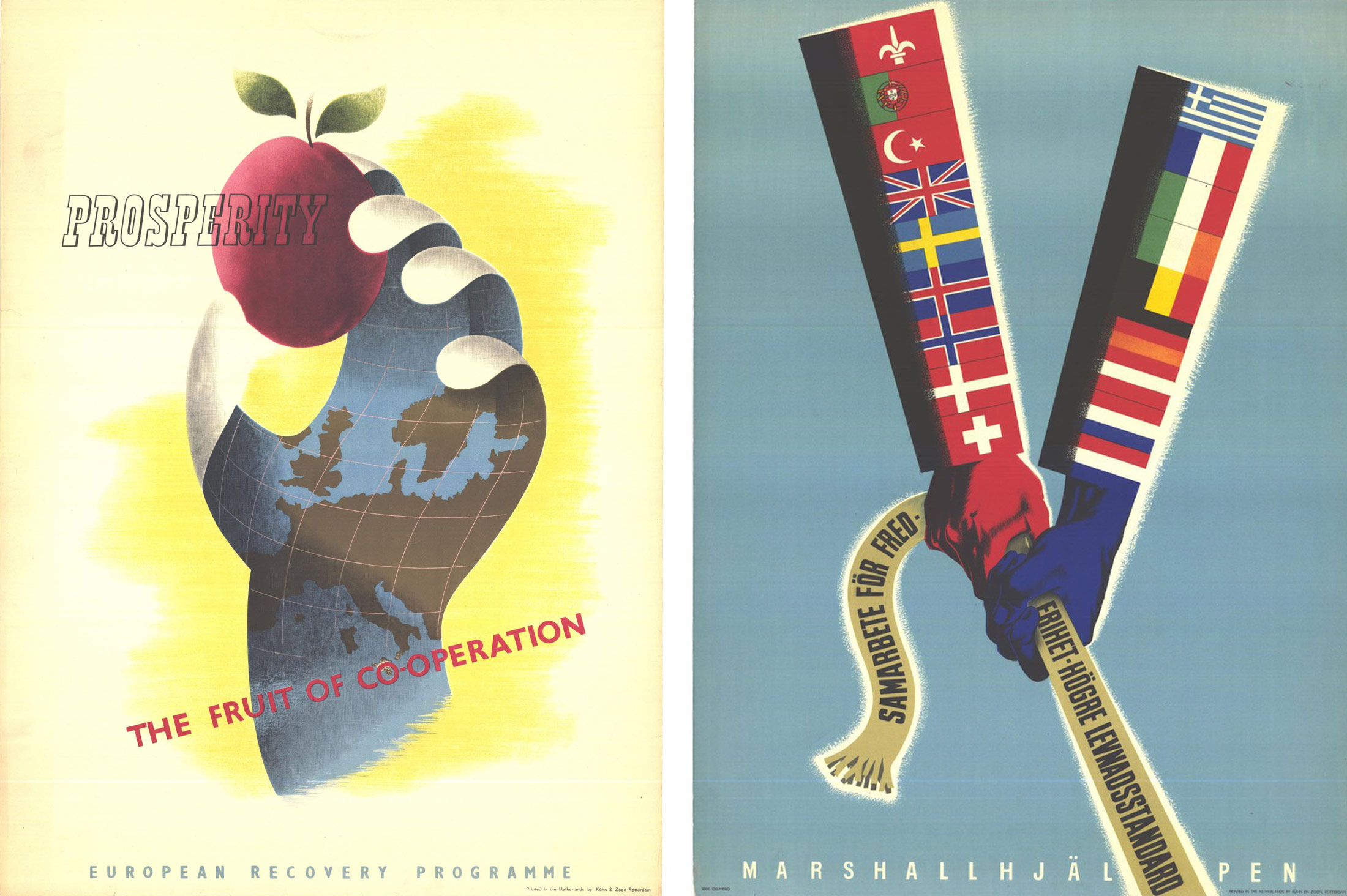
In 1950, the European Recovery Programme (ERP), also called the Marshall Plan, launched a poster competition that would promote its activities.
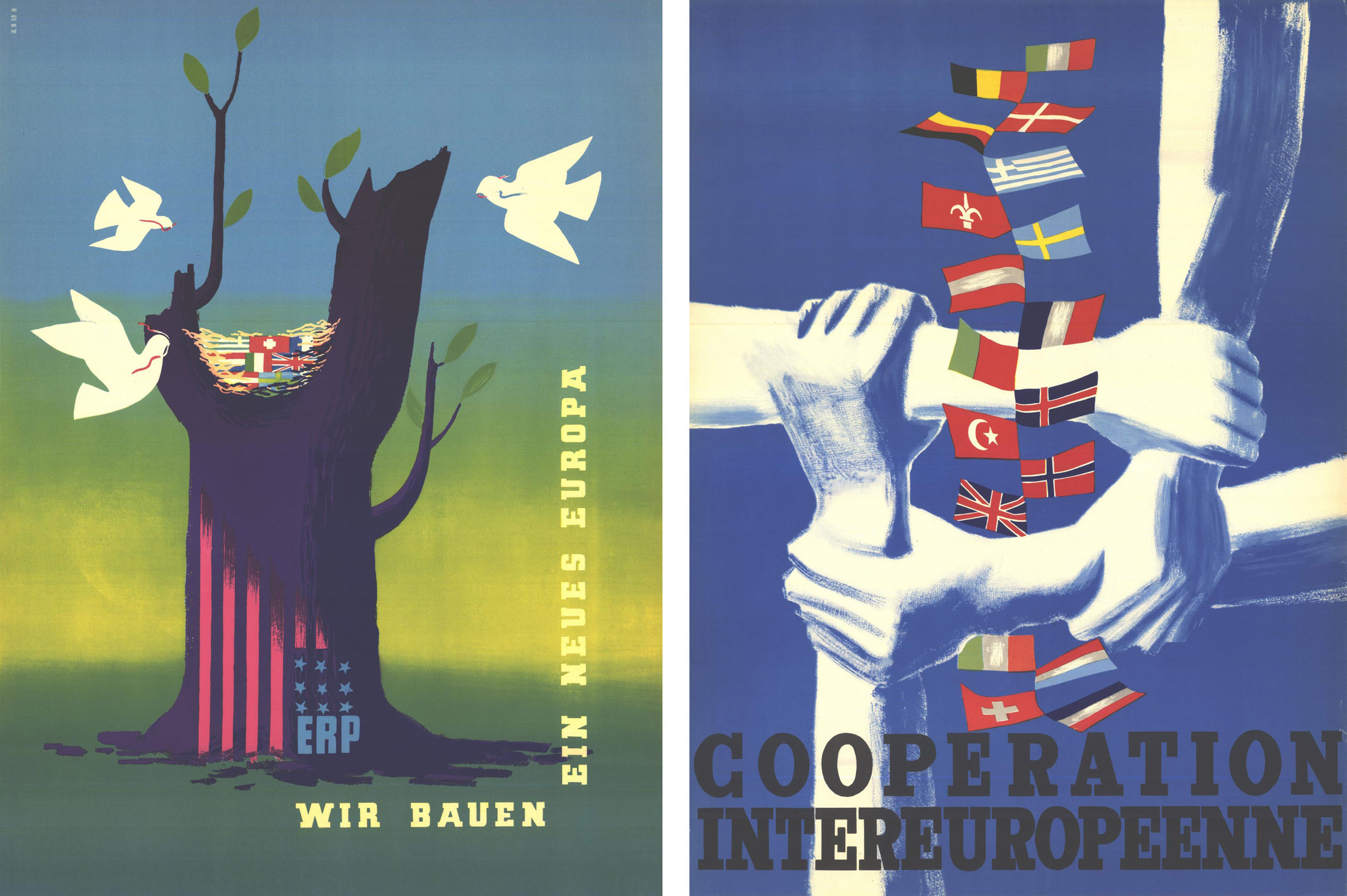
The collection including 17 out of 25 posters on the theme of cooperation and economic recovery was later donated to NATO.
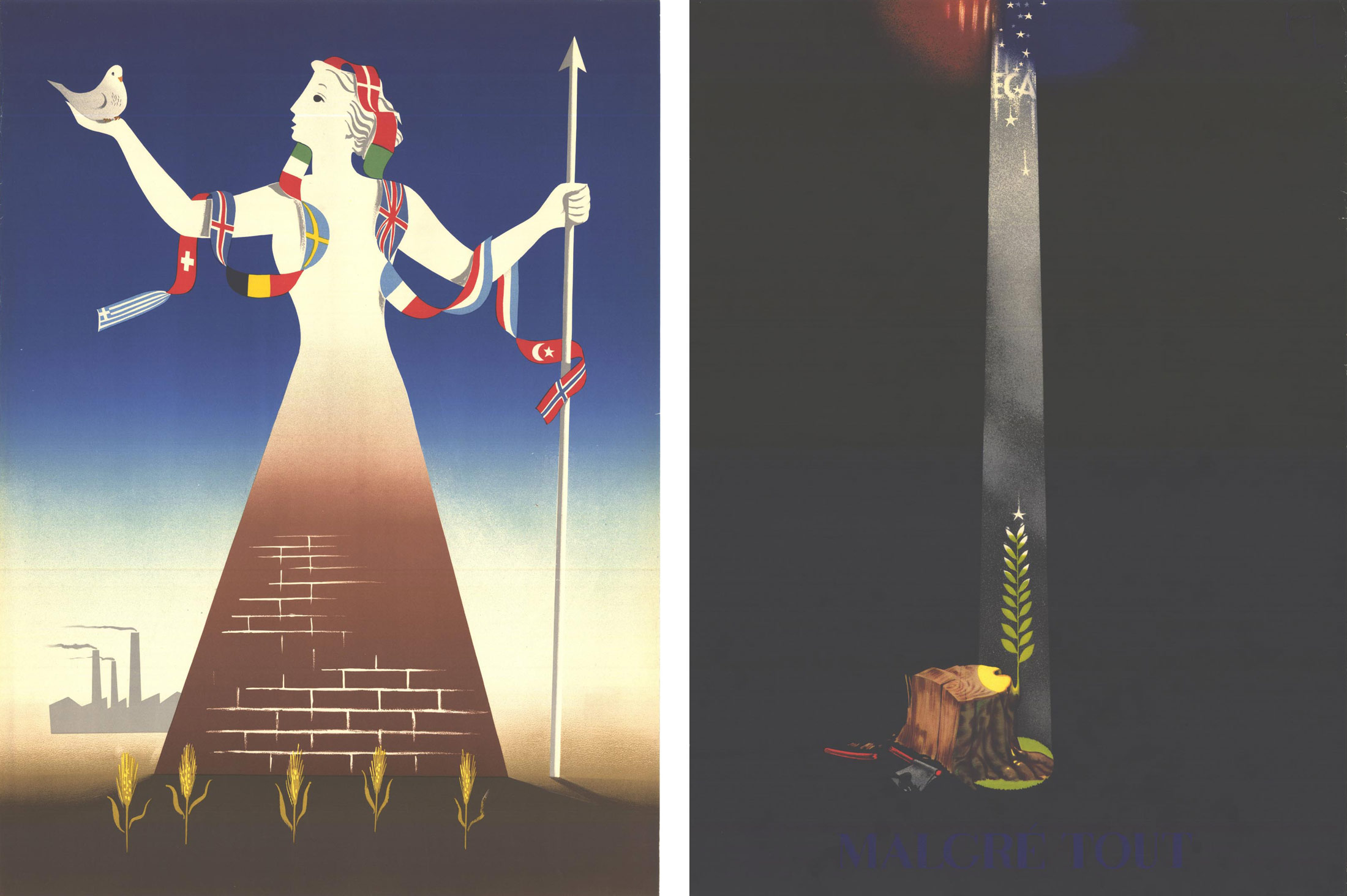
The posters created by artists from across Europe were presented during NATO’s travelling exhibitions in the 1950s.

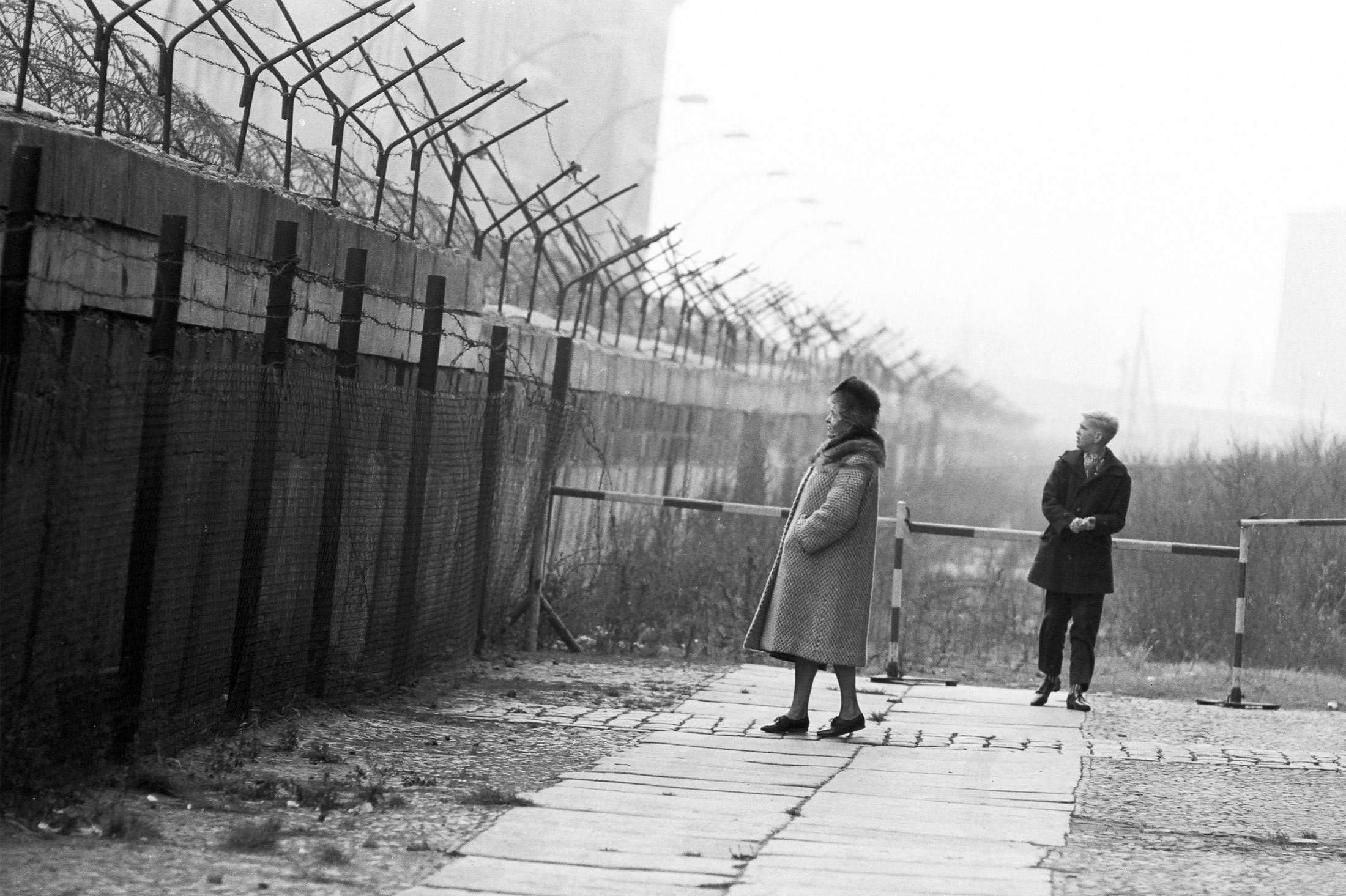
Separating East and West Germany, the Berlin Wall became a symbol of the ideological and geographical division during the Cold War.

Wire fences and barbed wire were initially erected around West Berlin. Roads and railways leading to West Berlin were then blocked by 14,500 members of the East German armed forces. Man from West Berlin waving to his family in East Berlin.

People could still cross the frontier without too much difficulty up until September 1961. 85 border guards and 216 civilians successfully made the crossing. The iconic photo of a border guard jumping over the barbed wire to join the West. Copyright Peter Leibing.

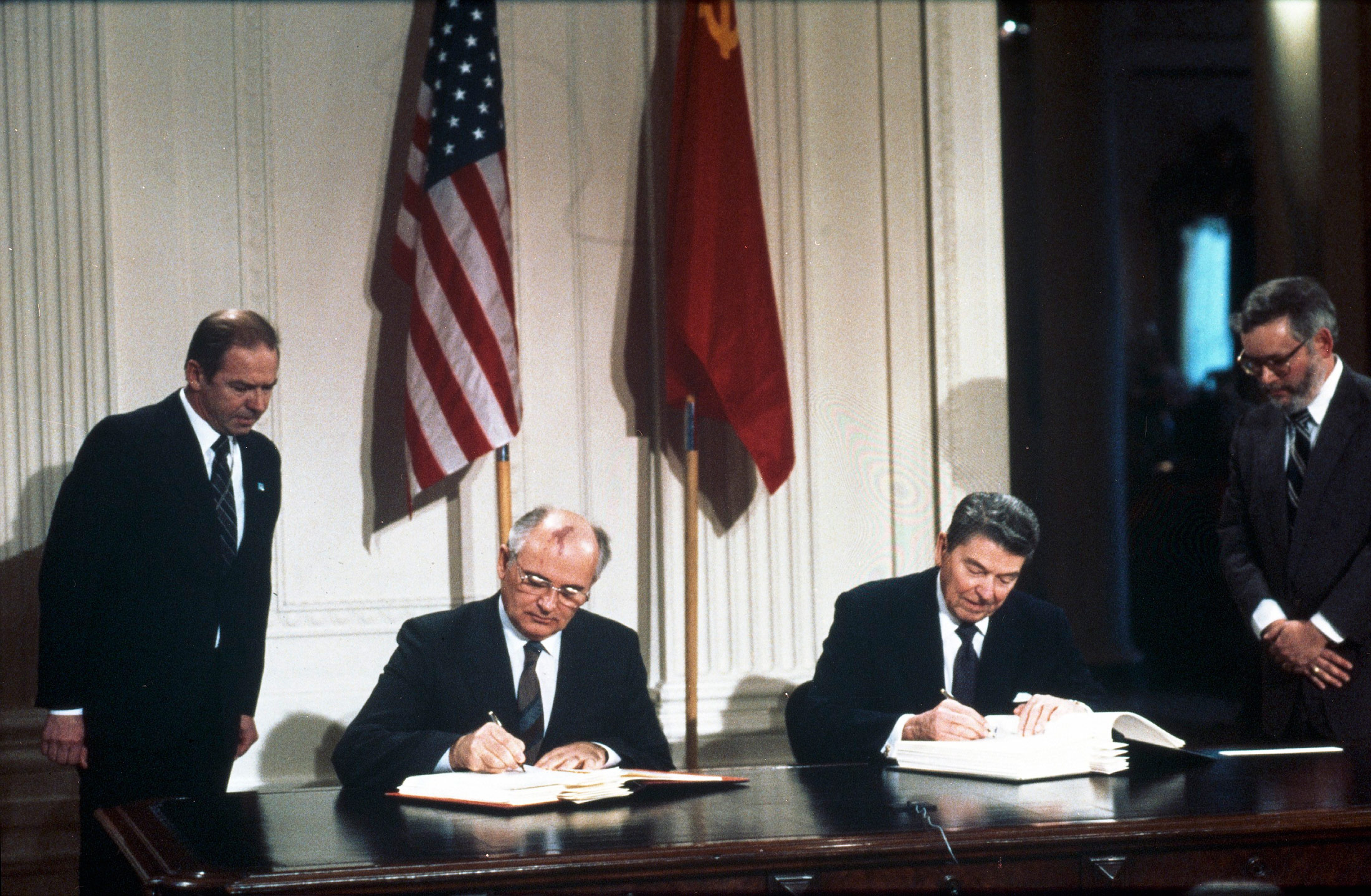
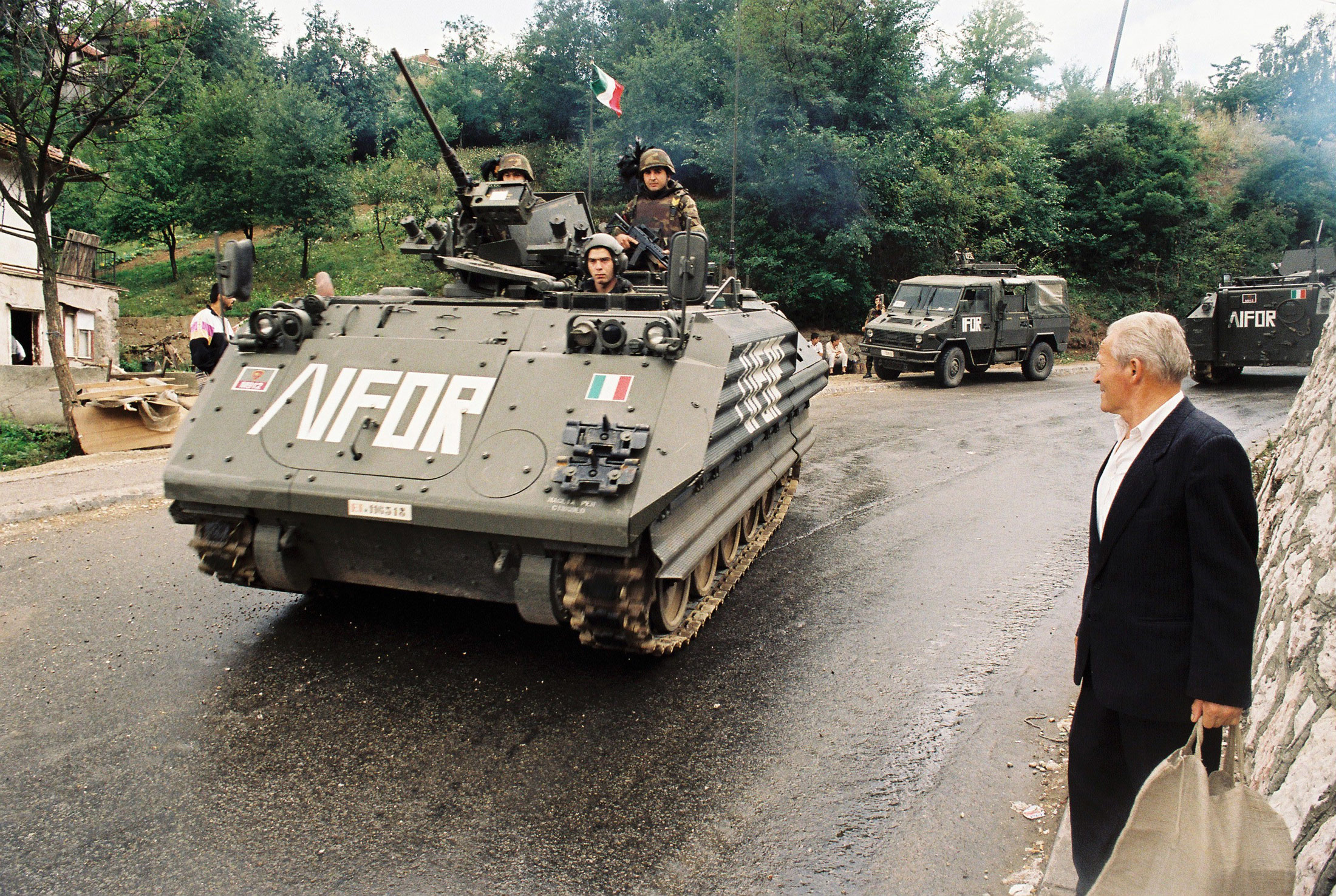
Six days after the signing of the Dayton Peace Agreement, NATO deployed a United Nations-mandated Implementation Force (IFOR) in Bosnia and Herzegovina.
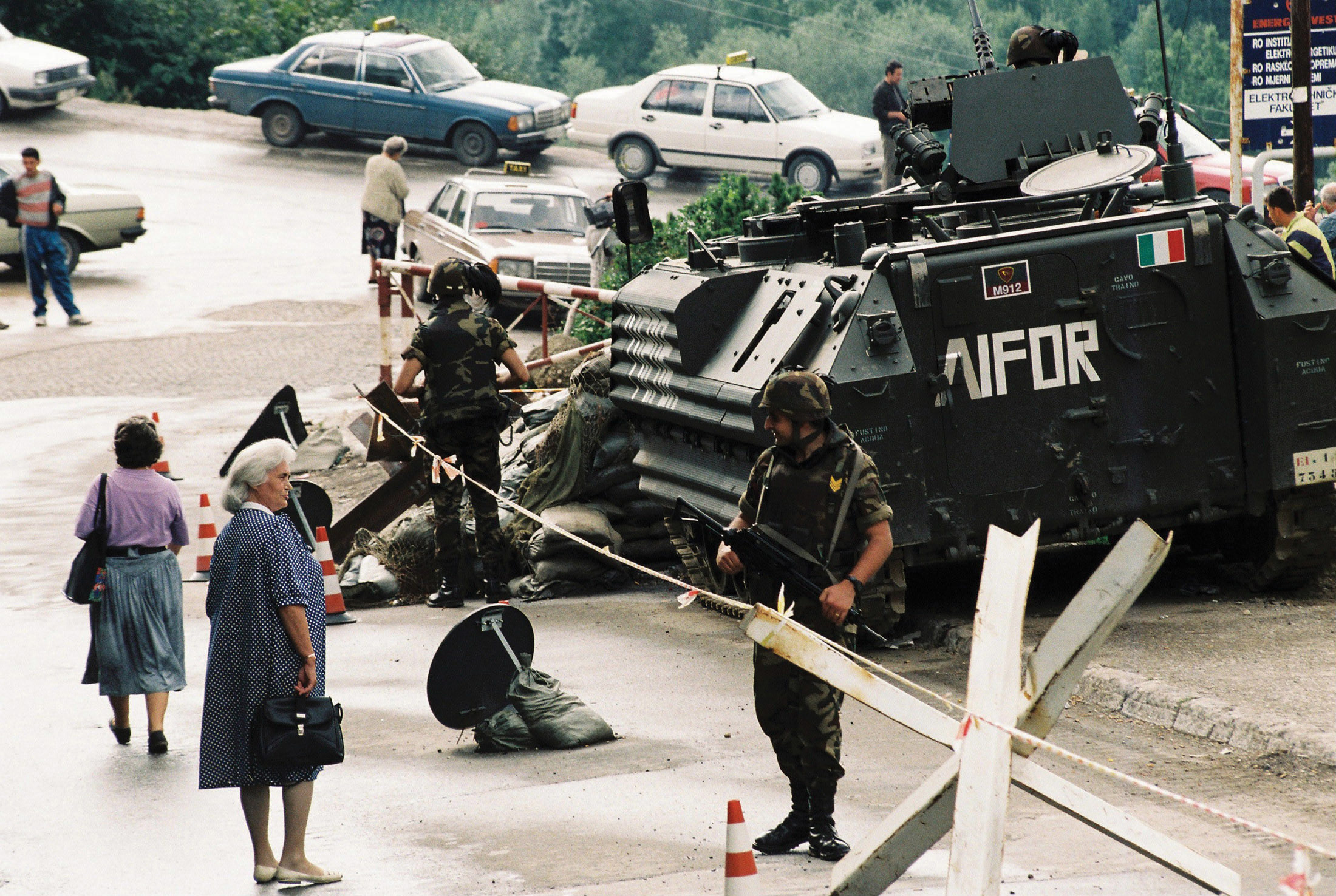
IFOR consisted of 50,000 troops provided by NATO Allies and 10,000 troops provided by non-NATO contributors.
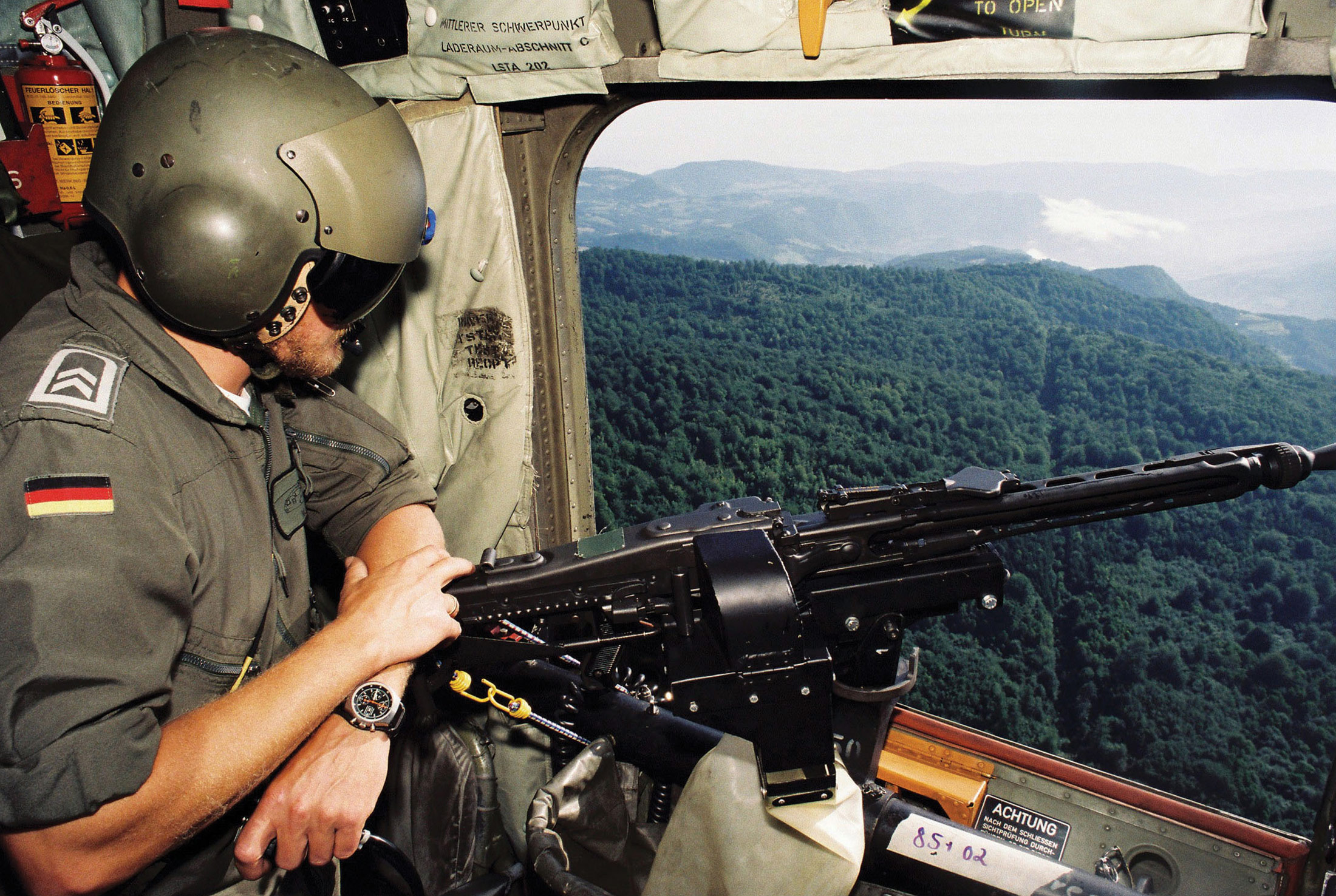
The peace support operation aimed to oversee the implementation of the military aspects of the Dayton Peace Agreement. Its main task was to guarantee the end of hostilities and separate the armed forces of the Federation of Bosnia and Herzegovina, on the one hand, and Republika Srpska, on the other.
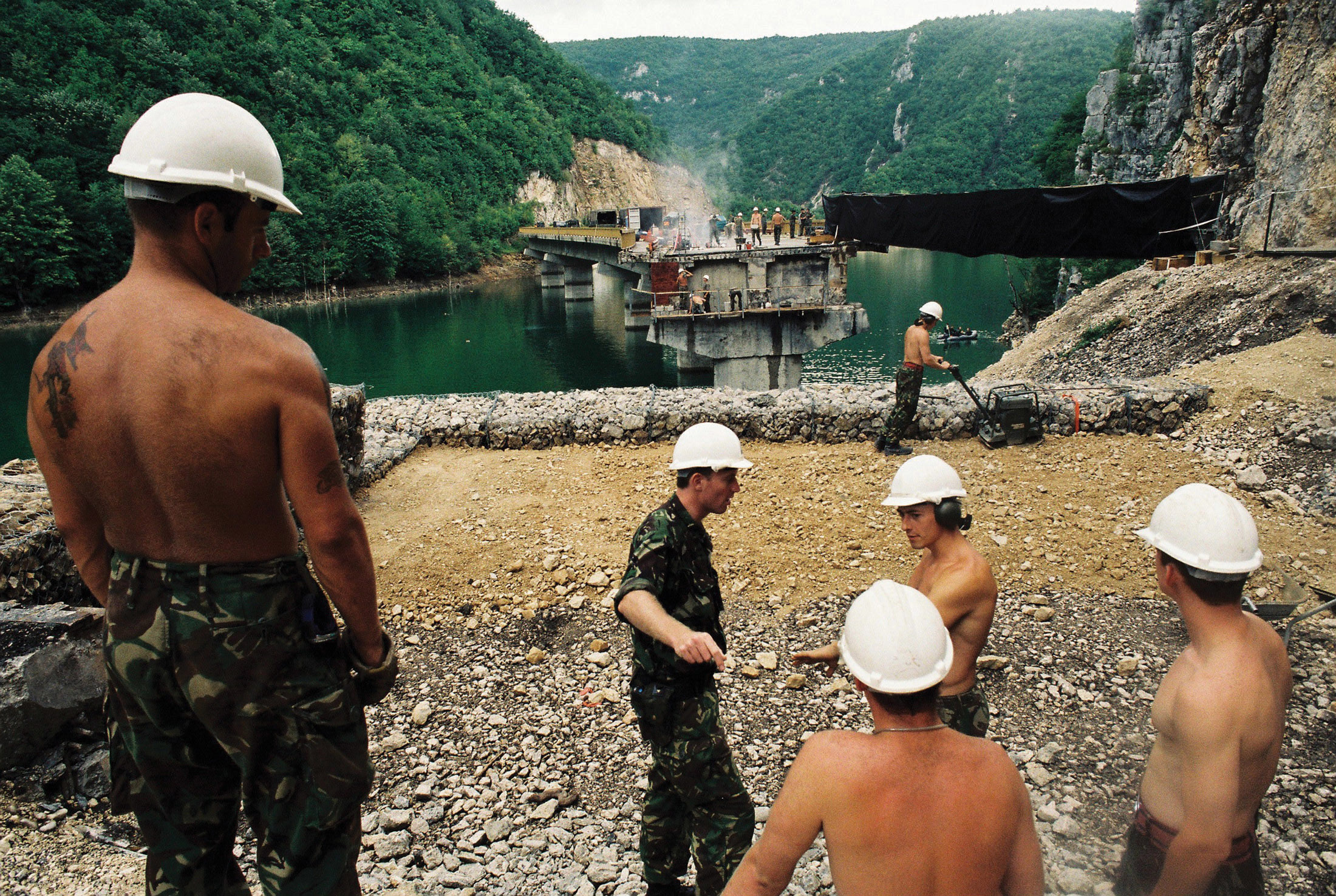
One of IFOR’s key objectives was also helping to create the right conditions for the restructuring of the country. In the photo, British Royal Engineers are building a permanent bridge to reopen the route to heavy traffic.
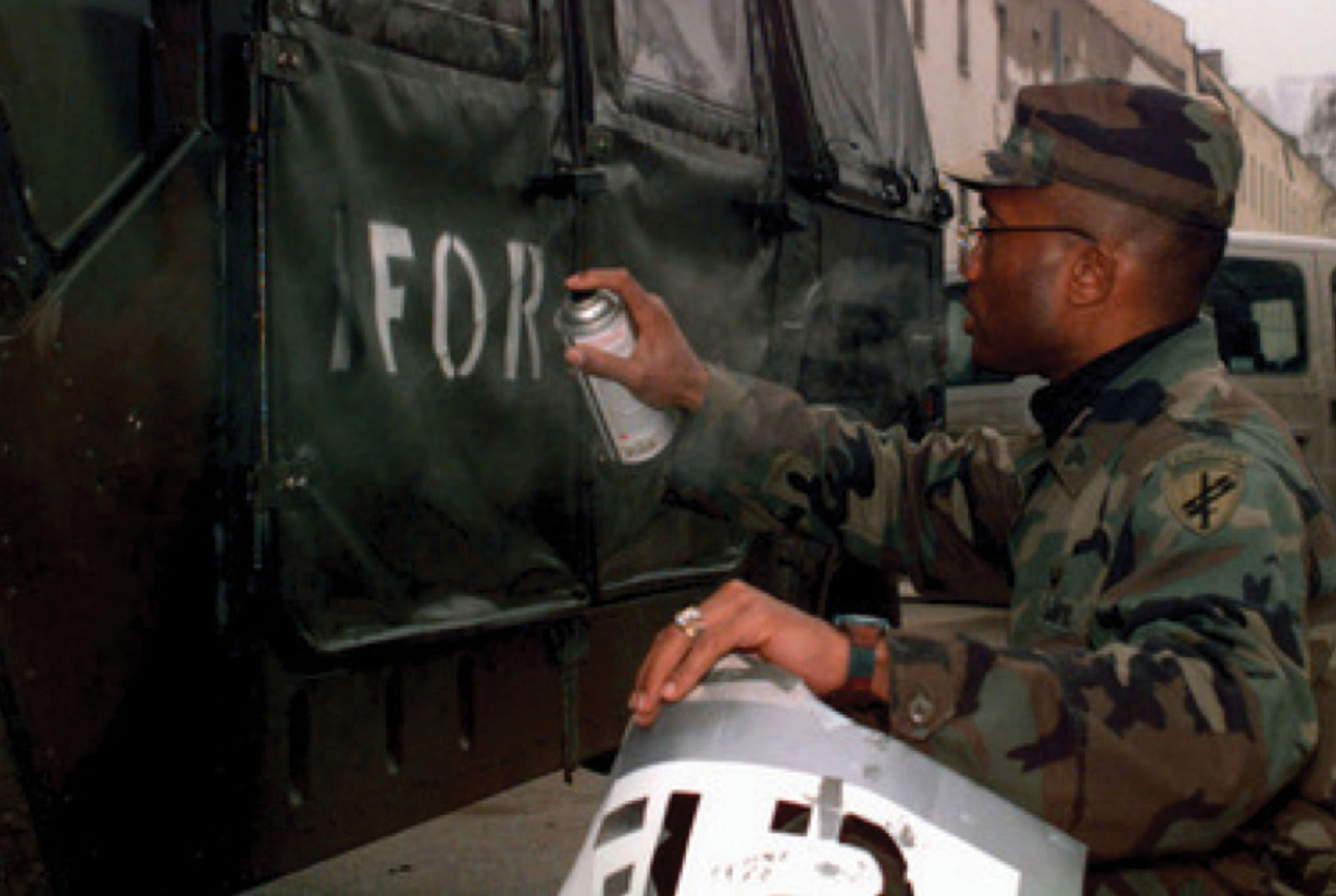
After its one-year mandate, IFOR was replaced by a new Stabilisation Force (SFOR) on 20 December 1996. In the picture, a US Army Sergeant is preparing to change the IFOR acronym on one of the vehicles.
